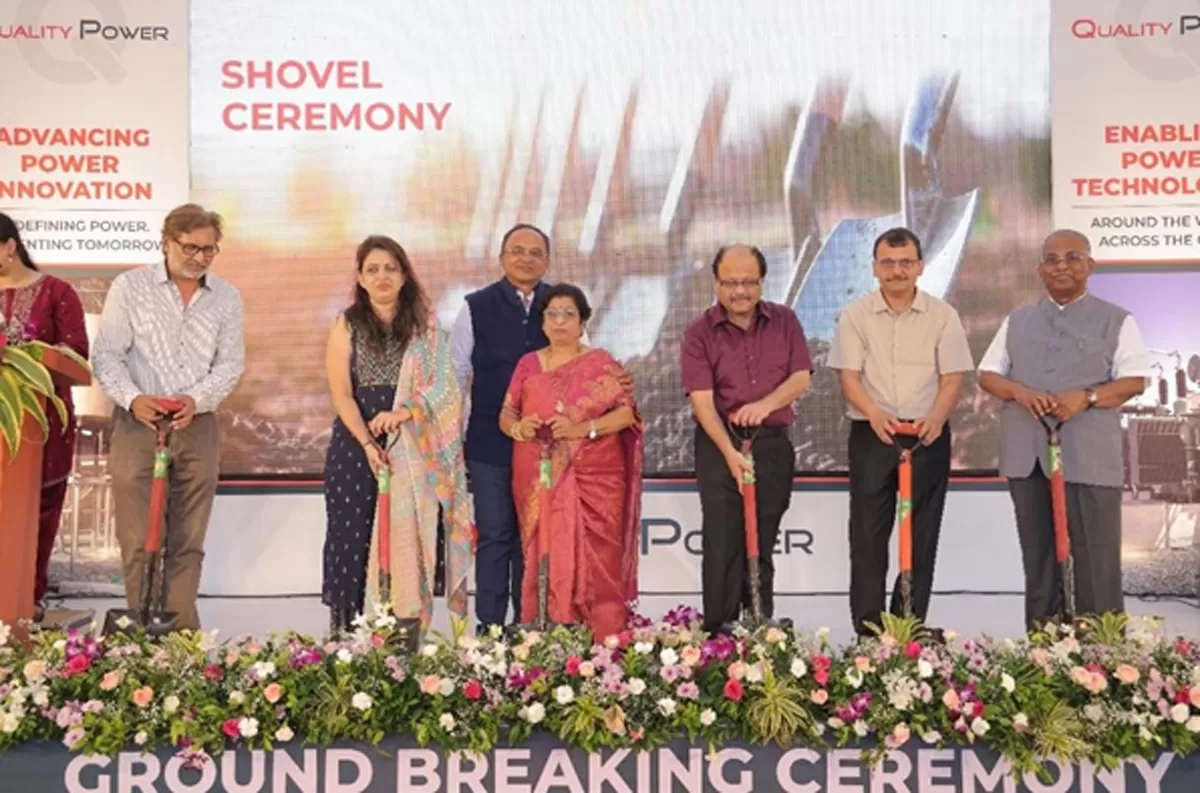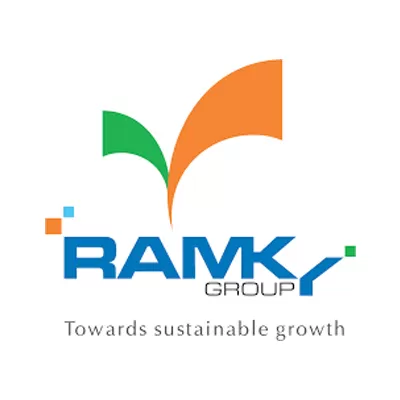
Here's how the Bharatmala and Sagarmala programmes are connecting India!

Vodafone, Cyient Launch AI Solution for Smarter Network Operations
In a landmark collaboration, Vodafone, a leading technology communications company and Cyient, a global Intelligent Engineering solutions company, have launched an AI-powered Global Network Configuration Management solution supported by data-driven, intelligent configuration analytics.This innovation represents a major milestone in transforming network engineering and operations, delivering unprecedented visibility and efficiency across Vodafone’s teams and markets.This cutting-edge solution is the result of a close collaboration between Vodafone and Cyient teams. It leverages AI to unify co..

Quality Power Opens New Coil Factory in Sangli to Boost Production
Quality Power Electrical Equipments, a global leader in high voltage electrical equipment, has announced the launch of its state- of-the-art Global Coil Factory in Kupwad MIDC, Sangli. This milestone is consistent with the strategic priorities communicated during the company’s Board meeting and quarterly earnings update. The event marks a significant step forward in Quality Power’s strategic expansion to meet the growing global demand for high-voltage reactors and coil-based components for HVDC, STATCOM, and FACTS systems.The new facility is envisioned to be one of the world’s largest pr..

Ramky Infrastructure Wins Multiple Awards for Safety, Sustainability
Ramky Infrastructure (RIL), a key player in sustainable infrastructure development, has received two notable awards—one national and one international—recognising its exemplary commitment to health, safety, and environmental practices. These awards, conferred by the British Safety Council (BSC) and the Confederation of Indian Industry (CII), reinforce the company's leadership in adopting a Safety-First approach throughout all stages of infrastructure development.The British Safety Council honoured RIL with the International Safety Awards 2025 for its Ramky One Orion and Ramky One Orbit res..














